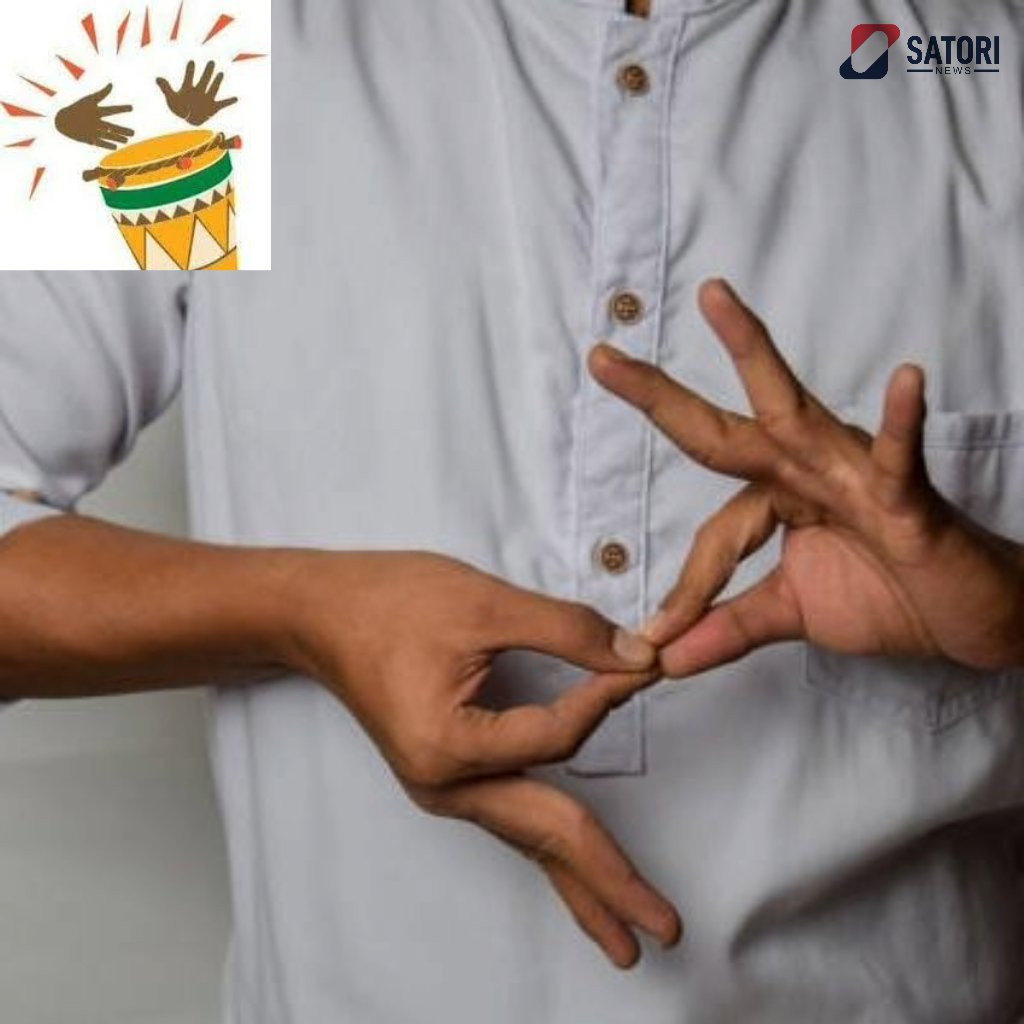Picture: for illustration purposes
Significant Decline Noted in South African Sign Language Usage, Raises Concern
The Pan South African Language Board (PanSALB) has raised alarm due to a significant fall in the utilization of South African Sign Language (SASL). According to recent language statistics from Stats SA, mere 0.02% of the 61 million population, nearly 12,400 people, are currently using SASL. To put the corresponding figure in perspective, in 2011, SASL users accounted for 0.5% of a 51 million population, roughly 255 000 individuals.
The Stats SA records reveal isiZulu as the country's most prevalent language at 24.4%, with isiXhosa and Afrikaans trailing at 16.3% and 10.6% respectively. PanSALB's worry, however, revolves around the consistent shrinkage in SASL users as promotion to an official language is in the pipeline. The organisation aims to work with Stats SA to comprehend the statistical variations better.
Highlighting the severity of the situation Eden Language Academy Director, Marie Smalberger, underscored the alarming decrease in SASL users. She points out an increase in congenital hearing loss cases – the most frequent birth defect occurring in two to three out of every 1000 births. Despite the rise in this condition, a definitive cure remains elusive.
Along with the spotlight on hearing aids and cochlear implants as key treatment options, Smalberger underlined that environmental factors contributed to 50% of deaf cases. She maintained that a six in 1000 prevalence rate emphasizes collective action to offer the deaf community the representation and support it needs.
Echoing Smalberger's concern, Dr. Kate Huddlestone, a Senior lecturer at Stellenbosch University's Department of General Linguistics, registered shock at the plunge in SASL users. Particularly given its inclusion as Home Language in the CAPS curriculum in 2016 and concerted efforts to confer it official status this year. Huddlestone also pointed out the discrepancies may be due to the lack of support for SASL and widespread proficiency issues amongst SASL teachers.










